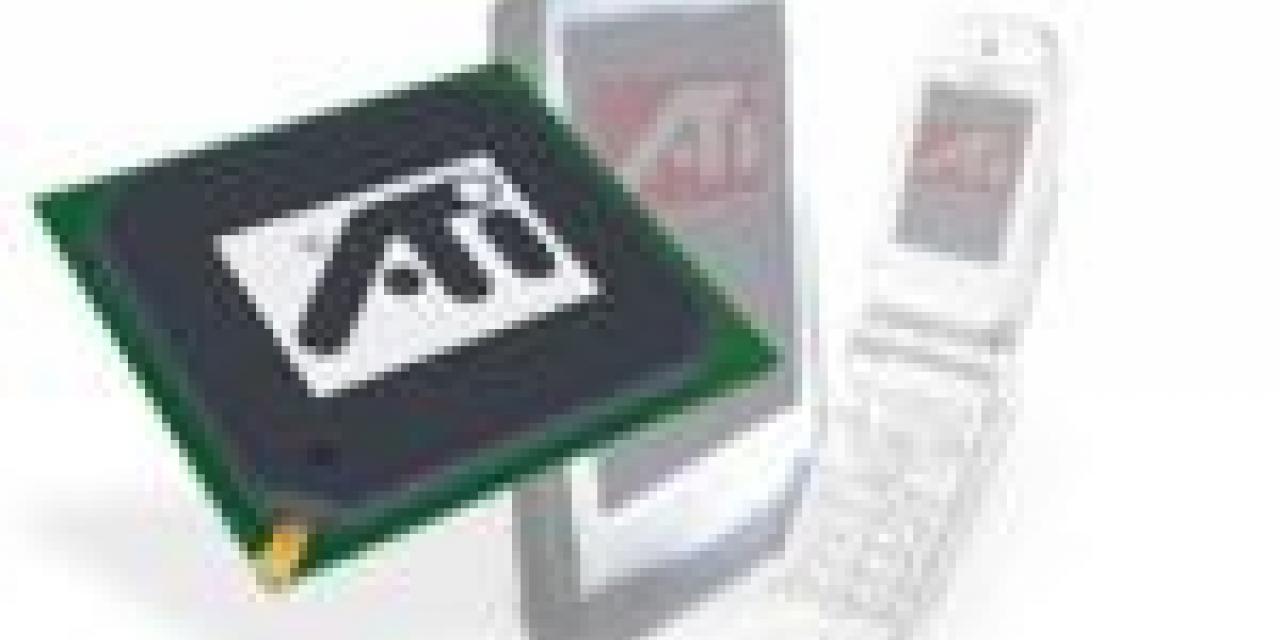
AMD has released details of its plans to bring X360 quality graphics to handheld devices powered by AMD's next-generation graphics technologies. As a supplier to the handheld market, AMD is introducing a suite of tools to help content creators jumpstart the development of applications for handheld devices based on OpenVG 1.0 and OpenGL ES 2.0 industry standards and AMD's patented Unified Shader Architecture (the very same tech used by the ATI chip in XBox 360).
AMD is working with content developers now in preparation for the arrival of phones powered by AMD's next-generation graphics technologies expected next year. Leveraging unique expertise in both graphics processing technology and the handheld market, AMD will offer a common toolset and common graphics architectures to empower the delivery of advanced, innovative hardware and true console-quality mobile games.
With a billion handheld devices expected to be sold this year, mobile devices have the potential to be the next major gaming platform worldwide. AMD's upcoming graphics technologies will be made available to handset manufacturers through discrete media processors as well as through IP licensing agreements with semiconductor suppliers. These technologies will include support for both the OpenVG 1.0 and OpenGL ES 2.0 graphics standards, and will incorporate the same AMD patented Unified Shader Architecture that drives the visual experience behind the Xbox 360 system. AMD has launched a comprehensive suite of tools that includes RenderMonkey, a shader development tool to help developers create visually compelling characters and environments. The RenderMonkey tools for PC and console game development are an integral part of the development process for leading game developers worldwide. RenderMonkey 1.7 adds support for mobile content development including full OpenGL ES 2.0 shader support. By offering a common toolset and common graphics architectures, AMD enables game developers to easily create content for PCs, video game consoles and handheld devices within their existing production pipeline. AMD's next-generation mobile graphics architecture will feature native hardware acceleration for rendering vector graphics and flash-like applications. This architectural design delivers high-quality graphics, while consuming less power than either software rendering or rendering using a traditional 3D graphics core.
In addition to offering new tools, AMD will make available emulation environments and development kits to help developers create, test and tune their applications before next-generation handheld devices become available. In addition to aiding developers who are new to working with hardware accelerated rendering environments, emulation environments are critical to reducing development time for rich console-like, next-generation games, as well as graphics-rich applications such as interactive mapping software.
